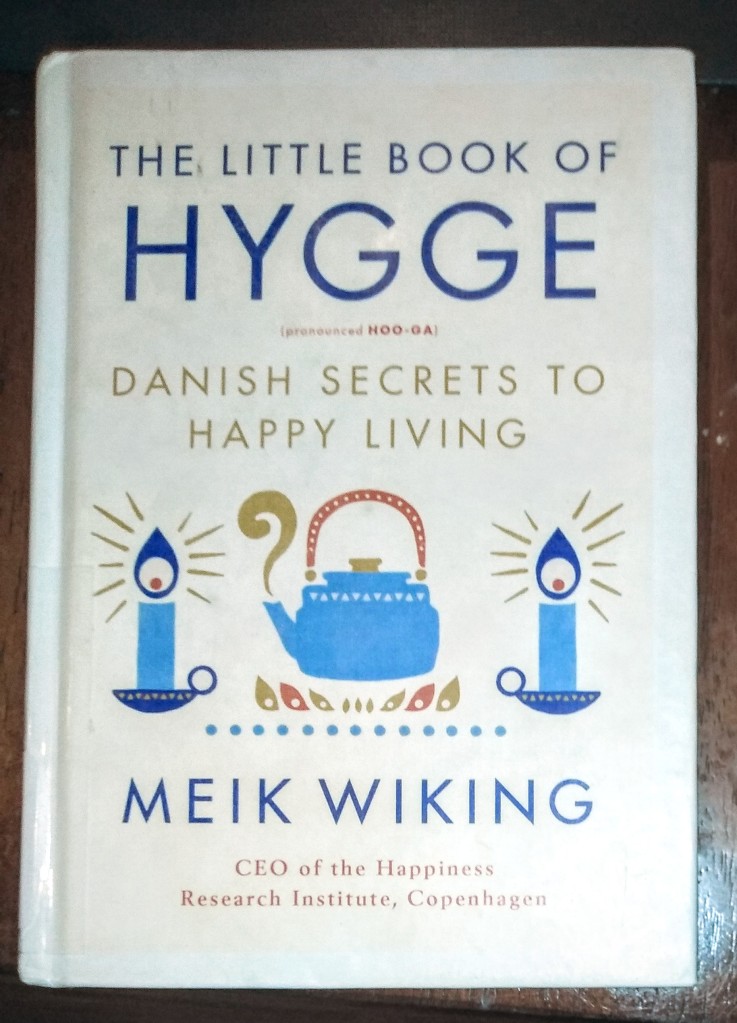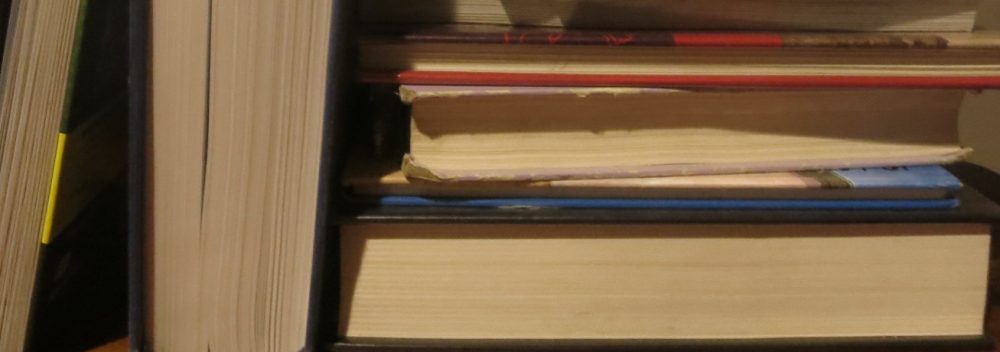
But how do you create hygge? How are hygge and happiness linked? And what is hygge exactly? Meik Wiking
It was difficult finding a book by a Scandinavian author that wasn’t a murder mystery. Anytime I typed “Scandinavian author” into Google it led me to lists of crime novels as if those phrases were synonymous. I happened to stumble upon The Little Book of Hygge in my mother’s pile of library books. Books like this are hard to review. It’s non-fiction, so there aren’t any characters or story to analyze. Though the book is filled with interesting information, anything I have to say about it is basically going to come out as a summary. So, I’ll keep it short.
According to author Meik Wiking, the CEO of the Happiness Research Institute in Copenhagen, Danes are some of the happiest people on earth. Which is akin to your brain telling you that your brain is the best brain in the world. Not to say it isn’t true, but it’s what I’d expect to hear from that particular source. Wiking attributes this happiness to hygge (pronounced Hoo-ga).
Hygge is a Danish concept that’s difficult to translate as the English language doesn’t have an equivalent word. Wiking describes it as “well-being”, “coziness of the soul” and “the art of creating intimacy”. It’s the feeling you have inside your warm home as it storms outside. Adding suffixes changes it from noun to verb to adjective and possibly other parts of Danish language that I don’t understand as a non-Danish speaker.
Danes strive to create the feeling of hygge in all aspects of their lives: home, work, even vacations.
Wiking fills this minimalist book with inspirational ideas to bring more hygge into your life. He explains the importance of items like candles, blankets and books. Hygge attire consists of scarves (not necessarily for winter), casual hair and sweaters. He includes recipes for Danish comfort food and drinks (alcohol seems to be as important as lighting). The seemingly opposite pursuits, TV night and outdoor movie viewing, are both hygge activities. You get the idea.
For a concept that’s simple—it’s a feeling, how simpler can you get?—it seems like many things have to be just right to achieve perfect hygge. Lighting, temperature, food, company: if something’s off the mood is shot. It isn’t subjective, either. Things are either hygge or not hygge. Like feng shui, konmari, minimalism and other lifestyle philosophies, hygge seems to have rules to achieve maximum level hygge. An entire chapter of the book is devoted to lighting, a design element that can make or break the mood.
The concept is very much a part of Danish culture and as such, it’s probably easier to practice there since it’s so important to their identity. Though achieving hygge takes work, one can’t argue with the rewards.

